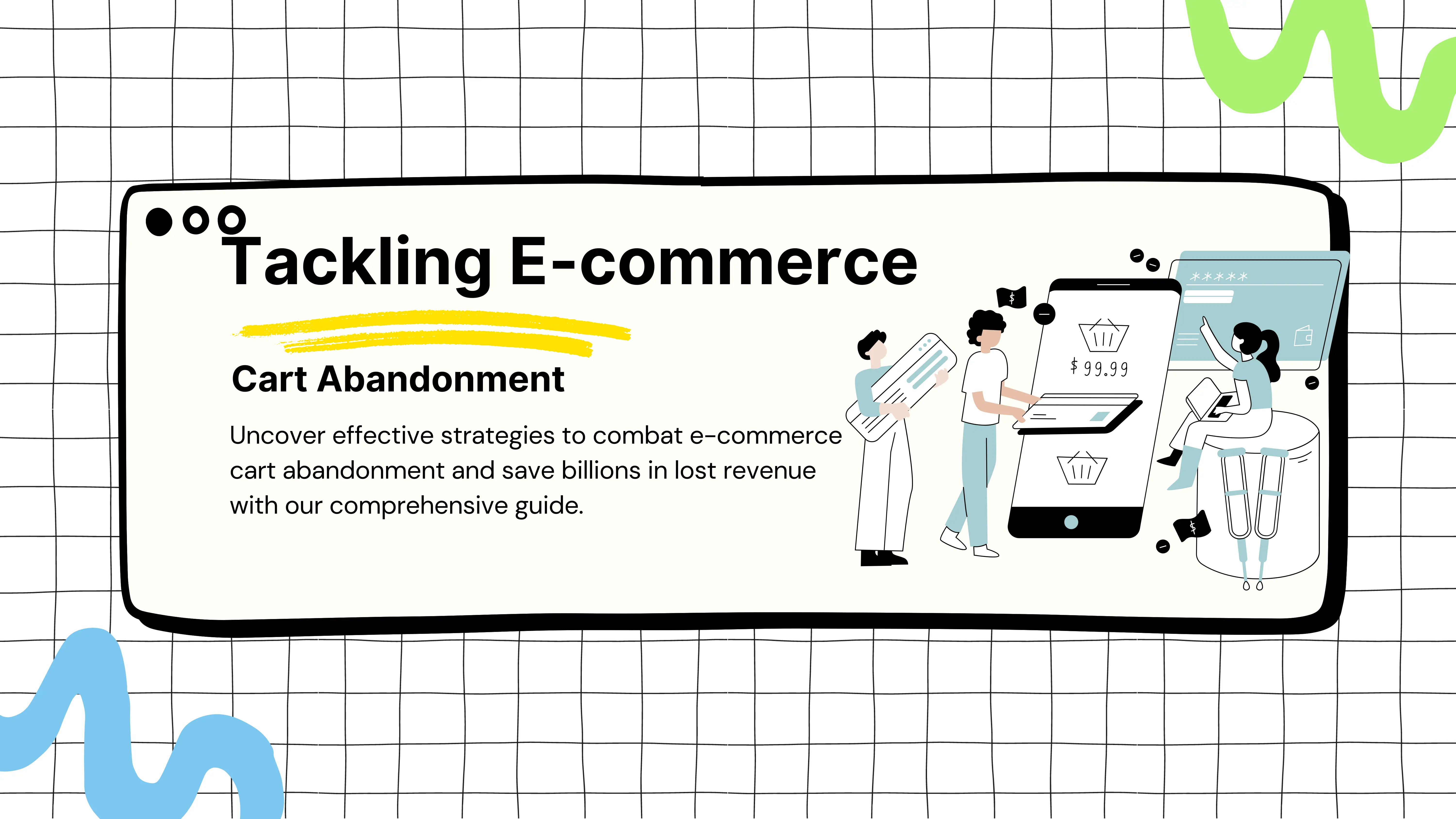Tackling E-commerce Cart Abandonment
Tackling E-commerce Cart Abandonment
Getting Started
The Comprehensive Guide to E-commerce Cart Abandonment in 2024-25
The Comprehensive Guide to E-commerce Cart Abandonment in 2024-25
The global e-commerce market is projected to reach $4.6 trillion by 2024, with cart abandonment rates averaging 69.57%. This staggering statistic represents a significant revenue loss for online businesses. Understanding the reasons behind cart abandonment is crucial to developing effective reduction strategies.
Why this problem is so severe?
These statistics highlight the urgency for e-commerce businesses to address cart abandonment effectively.
Global Abandonment Landscape
Global Average Abandonment Rate: 69.57%
Potential Annual Revenue Loss: $4.6 trillion
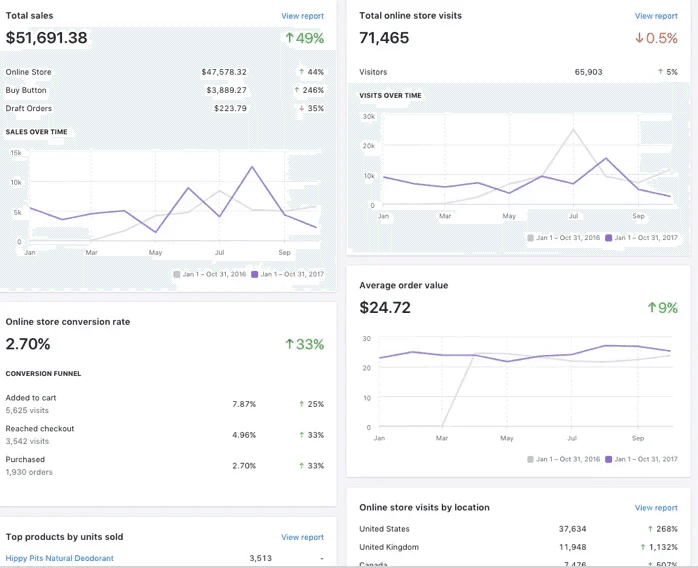
The global e-commerce market is projected to reach $4.6 trillion by 2024, with cart abandonment rates averaging 69.57%. This staggering statistic represents a significant revenue loss for online businesses. Understanding the reasons behind cart abandonment is crucial to developing effective reduction strategies.
Why this problem is so severe?
These statistics highlight the urgency for e-commerce businesses to address cart abandonment effectively.
Global Abandonment Landscape
Global Average Abandonment Rate: 69.57%
Potential Annual Revenue Loss: $4.6 trillion

OutreachRight Presents: Better E-Commerce
OutreachRight Presents: Better E-Commerce
Tune in to our Spotify podcast for an insightful exploration of e-commerce cart abandonment in 2024-2025. Join us as we delve into the latest trends, strategies, and solutions to tackle this pressing issue effectively!
Tune in to our Spotify podcast for an insightful exploration of e-commerce cart abandonment in 2024-2025. Join us as we delve into the latest trends, strategies, and solutions to tackle this pressing issue effectively!
Breaking Down Cart Abandonment: The Anatomy of a Missed Sale
Breaking Down Cart Abandonment: The Anatomy of a Missed Sale
1. Financial Friction Points
Unexpected Costs
Many shoppers are blindsided by unexpected expenses that surface during checkout, leading to abrupt abandonment.
Shipping Charges
High or unclear shipping costs can drive shoppers away. According to surveys, 48% of consumers abandon their carts due to unexpected shipping fees.
Hidden Taxes
Adding taxes at the final stage can tarnish the shopping experience. Consumers appreciate transparency.
Additional Fees
Charges for handling or other fees can create an unpleasant surprise.
Pricing Transparency
Consumers expect clear and upfront pricing, including any potential additional charges.
Impact: If the final price exceeds their budget, it's a common reason for abandonment.
2. Technical Barriers
Checkout Complexity
A lengthy or complicated checkout process is a significant deterrent.
Too Many Form Fields
Filling out excessive information frustrates users. Studies show that 21% of users abandon carts due to complicated checkout processes.
Mandatory Account Creation
Forcing users to create an account can be a deal-breaker. Offering guest checkouts increases the likelihood of conversion.
Slow Loading Pages
Time is of the essence; if a page takes too long to load, users may abandon their carts in frustration.

3. Trust and Security Concerns
User Hesitations
Trust is paramount in e-commerce, and any indication of insecurity can lead to abandonment.
Lack of Security Badges
Users may hesitate to provide payment information if they don’t see recognized security certifications.
Unclear Return Policies
Shoppers need to feel secure in their purchase decisions. A vague return policy can create doubt.
Limited Payment Options
Not offering popular payment methods can alienate potential buyers.
Consumer Insight
17% of shoppers abandon their carts due to trust issues.
4. Mobile-Specific Challenges
Mobile Checkout Limitations
Mobile shopping is rising, yet mobile-specific challenges can exacerbate cart abandonment.
Non-Responsive Design
Websites that are not optimized for mobile use can frustrate users.
Small Touch Targets
If buttons and links are difficult to click, users may abandon them due to annoyance.
Difficult Form Filling
Typing on a mobile device can be cumbersome, especially with complex forms.
Slow Mobile Experiences
Like desktop users, mobile shoppers expect quick load times.
Mobile Conversion Killer
The abandonment rate on mobile can be as high as 85.65%
1. Financial Friction Points
Unexpected Costs
Many shoppers are blindsided by unexpected expenses that surface during checkout, leading to abrupt abandonment.
Shipping Charges
High or unclear shipping costs can drive shoppers away. According to surveys, 48% of consumers abandon their carts due to unexpected shipping fees.
Hidden Taxes
Adding taxes at the final stage can tarnish the shopping experience. Consumers appreciate transparency.
Additional Fees
Charges for handling or other fees can create an unpleasant surprise.
Pricing Transparency
Consumers expect clear and upfront pricing, including any potential additional charges.
Impact: If the final price exceeds their budget, it's a common reason for abandonment.
2. Technical Barriers
Checkout Complexity
A lengthy or complicated checkout process is a significant deterrent.
Too Many Form Fields
Filling out excessive information frustrates users. Studies show that 21% of users abandon carts due to complicated checkout processes.
Mandatory Account Creation
Forcing users to create an account can be a deal-breaker. Offering guest checkouts increases the likelihood of conversion.
Slow Loading Pages
Time is of the essence; if a page takes too long to load, users may abandon their carts in frustration.

3. Trust and Security Concerns
User Hesitations
Trust is paramount in e-commerce, and any indication of insecurity can lead to abandonment.
Lack of Security Badges
Users may hesitate to provide payment information if they don’t see recognized security certifications.
Unclear Return Policies
Shoppers need to feel secure in their purchase decisions. A vague return policy can create doubt.
Limited Payment Options
Not offering popular payment methods can alienate potential buyers.
Consumer Insight
17% of shoppers abandon their carts due to trust issues.
4. Mobile-Specific Challenges
Mobile Checkout Limitations
Mobile shopping is rising, yet mobile-specific challenges can exacerbate cart abandonment.
Non-Responsive Design
Websites that are not optimized for mobile use can frustrate users.
Small Touch Targets
If buttons and links are difficult to click, users may abandon them due to annoyance.
Difficult Form Filling
Typing on a mobile device can be cumbersome, especially with complex forms.
Slow Mobile Experiences
Like desktop users, mobile shoppers expect quick load times.
Mobile Conversion Killer
The abandonment rate on mobile can be as high as 85.65%
Strategic Solutions: Turning Abandonment into Opportunity
Strategic Solutions: Turning Abandonment into Opportunity
1. Transparent Pricing Strategy
Display Total Costs Upfront: Ensure shipping and handling fees are clearly visible at the beginning of the checkout process.
Offer Free Shipping Thresholds: Encourage users to add more items to their cart by setting a minimum purchase amount for free shipping.
Precise Tax Calculations: Provide a breakdown of costs, including taxes, to avoid surprises at checkout.
Competitive Shipping Rates: Regularly assess competitors’ shipping costs and strive to stay competitive

2. Streamlined Checkout Process
Implement Guest Checkout Options: Allow users to purchase without creating an account.
Minimize Form Requirements: Ask for essential information only and consider using auto-fill features.
Progress Indicators: Make clear how many steps are left in the checkout process to reduce anxiety.
One-Click Purchasing: Implement features that allow returning customers to make quick purchases.
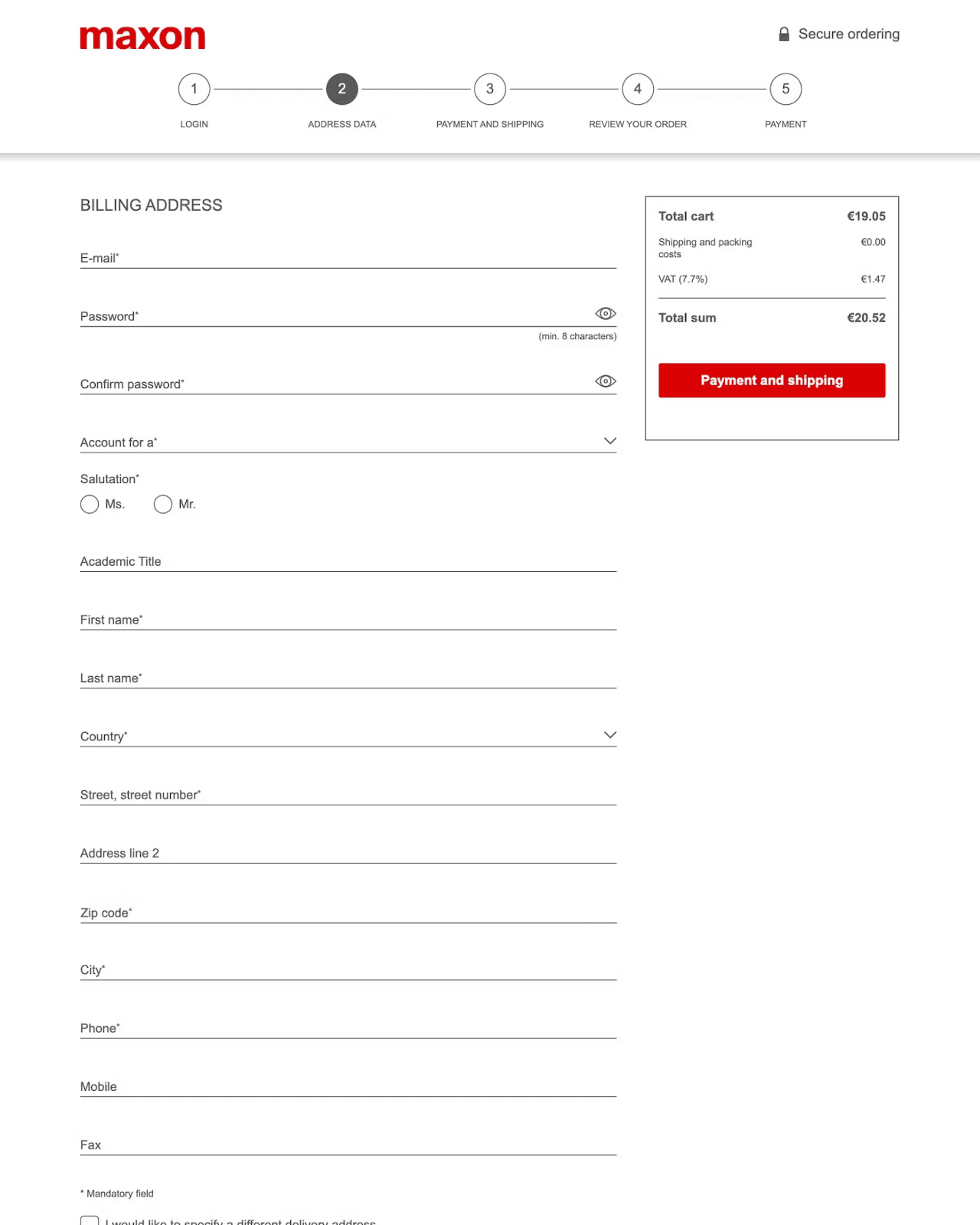
3. Trust Building Mechanisms
Display Security Badges Prominently: Use recognizable security symbols and ensure users know their data is protected.
Showcase Customer Testimonials: Include reviews and ratings to build trust and credibility.
Clear Return Policies: Provide straightforward, customer-friendly return policies to alleviate concerns.
Offer Verified Payment Gateways: Use trusted payment processors to enhance user confidence.
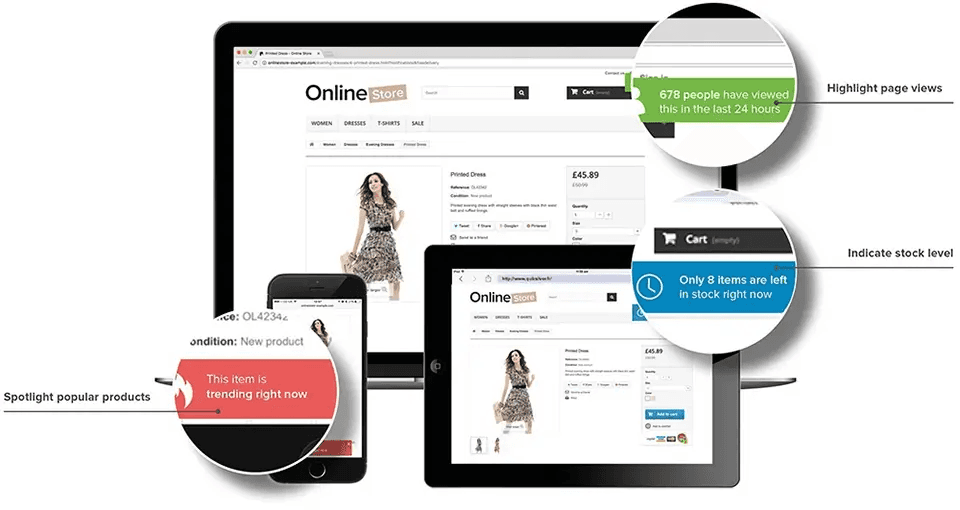
4. Retargeting Techniques
Abandoned Cart Emails: Send personalized follow-up emails to remind users of their abandoned carts.
Personalized Discount Offers: Provide discounts or incentives to entice users back to complete their purchases.
Remarketing Ads: Use targeted ads on social media and other platforms to reach out to users who abandoned their carts.
Time-Sensitive Recovery Incentives: Create urgency with limited-time offers that encourage users to return.
1. Transparent Pricing Strategy
Display Total Costs Upfront: Ensure shipping and handling fees are clearly visible at the beginning of the checkout process.
Offer Free Shipping Thresholds: Encourage users to add more items to their cart by setting a minimum purchase amount for free shipping.
Precise Tax Calculations: Provide a breakdown of costs, including taxes, to avoid surprises at checkout.
Competitive Shipping Rates: Regularly assess competitors’ shipping costs and strive to stay competitive

2. Streamlined Checkout Process
Implement Guest Checkout Options: Allow users to purchase without creating an account.
Minimize Form Requirements: Ask for essential information only and consider using auto-fill features.
Progress Indicators: Make clear how many steps are left in the checkout process to reduce anxiety.
One-Click Purchasing: Implement features that allow returning customers to make quick purchases.

3. Trust Building Mechanisms
Display Security Badges Prominently: Use recognizable security symbols and ensure users know their data is protected.
Showcase Customer Testimonials: Include reviews and ratings to build trust and credibility.
Clear Return Policies: Provide straightforward, customer-friendly return policies to alleviate concerns.
Offer Verified Payment Gateways: Use trusted payment processors to enhance user confidence.

4. Retargeting Techniques
Abandoned Cart Emails: Send personalized follow-up emails to remind users of their abandoned carts.
Personalized Discount Offers: Provide discounts or incentives to entice users back to complete their purchases.
Remarketing Ads: Use targeted ads on social media and other platforms to reach out to users who abandoned their carts.
Time-Sensitive Recovery Incentives: Create urgency with limited-time offers that encourage users to return.
Technology-Driven Recovery Methods
Technology-Driven Recovery Methods
1. AI-Powered Interventions
Predictive Cart Recovery: Utilize AI to analyze user behavior and automatically send recovery emails or notifications.
Personalized Recommendations: Use customer data to suggest products that align with previous purchases or viewed items.
Real-Time Support Chatbots: Implement chatbots to assist users during checkout and answer any questions
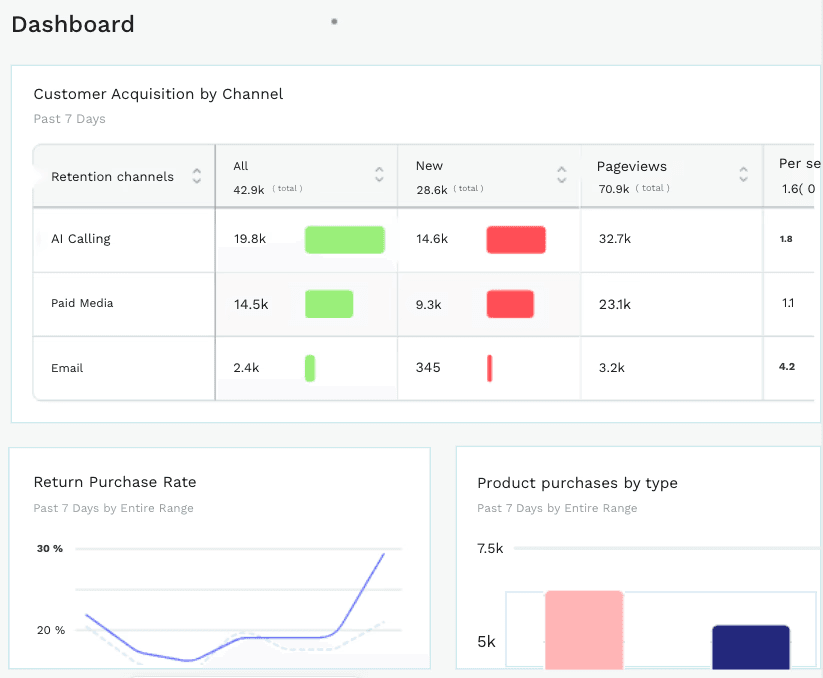
2. Advanced Analytics
Behavioral Tracking: Use analytics tools to track user interactions and pinpoint where users drop off.
Conversion Funnel Analysis: Examine the entire purchase journey to identify bottlenecks.
Detailed Abandonment Reason Identification: Utilize exit surveys or feedback forms to understand why users abandon their carts.
1. AI-Powered Interventions
Predictive Cart Recovery: Utilize AI to analyze user behavior and automatically send recovery emails or notifications.
Personalized Recommendations: Use customer data to suggest products that align with previous purchases or viewed items.
Real-Time Support Chatbots: Implement chatbots to assist users during checkout and answer any questions

2. Advanced Analytics
Behavioral Tracking: Use analytics tools to track user interactions and pinpoint where users drop off.
Conversion Funnel Analysis: Examine the entire purchase journey to identify bottlenecks.
Detailed Abandonment Reason Identification: Utilize exit surveys or feedback forms to understand why users abandon their carts.
Want to experience AI implementation to recover Abandoned carts for your E-commerce Business?
Check out our AI calling agents here.
Want to experience AI implementation to recover Abandoned carts for your E-commerce Business?
Check out our AI calling agents here.
Want to experience AI implementation to recover Abandoned carts for your E-commerce Business?
Check out our AI calling agents here.
Want to experience AI implementation to recover Abandoned carts for your E-commerce Business?
Check out our AI calling agents here.
Psychological Triggers for Cart Completion
Psychological Triggers for Cart Completion
Urgency Creation
Limited Stock Notifications: Inform users when items are low in stock to encourage immediate purchases.
Time-Sensitive Discounts: Offer flash sales or discounts for a limited time to create urgency.
Scarcity Marketing: Highlight the popularity of items to push users toward completing their purchases.
Social Proof
Real-Time Purchase Notifications: Display notifications when other customers make purchases to create a sense of trust and urgency.
Customer Review Integrations: Feature reviews prominently to reassure potential buyers of product quality.
Influencer Endorsements: Collaborate with influencers to build credibility and attract their audience.
Urgency Creation
Limited Stock Notifications: Inform users when items are low in stock to encourage immediate purchases.
Time-Sensitive Discounts: Offer flash sales or discounts for a limited time to create urgency.
Scarcity Marketing: Highlight the popularity of items to push users toward completing their purchases.
Social Proof
Real-Time Purchase Notifications: Display notifications when other customers make purchases to create a sense of trust and urgency.
Customer Review Integrations: Feature reviews prominently to reassure potential buyers of product quality.
Influencer Endorsements: Collaborate with influencers to build credibility and attract their audience.
Emerging Trends in Cart Abandonment Reduction
Emerging Trends in Cart Abandonment Reduction
Artificial Intelligence Personalization: Tailor the shopping experience to individual users based on their preferences and behavior.
Augmented Reality Product Visualization: This allows users to visualize products in their environment, enhancing confidence in their purchase.
One-Click Social Media Purchases: Enable users to purchase directly through social media platforms with minimal friction.
Cryptocurrency Payment Options: To appeal to a broader audience, offer diverse payment methods, including cryptocurrency.
Instant Financing Integrations: Provide financing options at checkout to make higher-priced items more accessible.
Quantifiable Impact
Before Optimization
Conversion Rate: 2-3%
Cart Abandonment Rate: 69.57%
After Strategic Implementation
Conversion Rate: Increased to 5-7%
Cart Abandonment Rate: Reduced to 40-45%
Artificial Intelligence Personalization: Tailor the shopping experience to individual users based on their preferences and behavior.
Augmented Reality Product Visualization: This allows users to visualize products in their environment, enhancing confidence in their purchase.
One-Click Social Media Purchases: Enable users to purchase directly through social media platforms with minimal friction.
Cryptocurrency Payment Options: To appeal to a broader audience, offer diverse payment methods, including cryptocurrency.
Instant Financing Integrations: Provide financing options at checkout to make higher-priced items more accessible.
Quantifiable Impact
Before Optimization
Conversion Rate: 2-3%
Cart Abandonment Rate: 69.57%
After Strategic Implementation
Conversion Rate: Increased to 5-7%
Cart Abandonment Rate: Reduced to 40-45%
Want to experience AI implementation to recover Abandoned carts for your E-commerce Business?
Check out our AI calling agents here.
Want to experience AI implementation to recover Abandoned carts for your E-commerce Business?
Check out our AI calling agents here.
Want to experience AI implementation to recover Abandoned carts for your E-commerce Business?
Check out our AI calling agents here.
Want to experience AI implementation to recover Abandoned carts for your E-commerce Business?
Check out our AI calling agents here.
Conclusion: Transformation, Not Just Optimization
Conclusion: Transformation, Not Just Optimization
Cart abandonment is more than just a technical issue; it’s a comprehensive user experience challenge that requires a multifaceted approach to solve effectively.
By understanding the reasons for abandonment and implementing strategic solutions, e-commerce businesses can turn potential losses into opportunities for growth.
Expert Recommendation
🔑 Key Takeaway: Reducing cart abandonment requires a deep understanding of consumer behavior, a transparent checkout process, and ongoing efforts to build trust and streamline the experience.
Recommended Next Steps
Conduct a Comprehensive Checkout Audit: Evaluate each step of the checkout process.
Implement A/B Testing: Test different strategies to identify the most effective solutions.
Invest in User Experience Design: Prioritize intuitive design and customer-friendly interactions.
Leverage Advanced Analytics: Use data to refine and improve the shopping experience continuously.
Methodology Note
This analysis synthesizes data from reputable sources, including:
Baymard Institute
Forrester Research
Adobe Digital Insights
Various e-commerce platform studies (2022-2024)
By addressing the complexities of cart abandonment with actionable strategies and insights, e-commerce businesses can significantly enhance their conversion rates and drive more sales.
Cart abandonment is more than just a technical issue; it’s a comprehensive user experience challenge that requires a multifaceted approach to solve effectively.
By understanding the reasons for abandonment and implementing strategic solutions, e-commerce businesses can turn potential losses into opportunities for growth.
Expert Recommendation
🔑 Key Takeaway: Reducing cart abandonment requires a deep understanding of consumer behavior, a transparent checkout process, and ongoing efforts to build trust and streamline the experience.
Recommended Next Steps
Conduct a Comprehensive Checkout Audit: Evaluate each step of the checkout process.
Implement A/B Testing: Test different strategies to identify the most effective solutions.
Invest in User Experience Design: Prioritize intuitive design and customer-friendly interactions.
Leverage Advanced Analytics: Use data to refine and improve the shopping experience continuously.
Methodology Note
This analysis synthesizes data from reputable sources, including:
Baymard Institute
Forrester Research
Adobe Digital Insights
Various e-commerce platform studies (2022-2024)
By addressing the complexities of cart abandonment with actionable strategies and insights, e-commerce businesses can significantly enhance their conversion rates and drive more sales.
Don't Forget to Share this post:
Recommended Resources
Recommended Resources
Recommended Resources
Recommended Resources
Recommended Resources
Table of content
